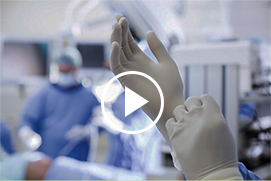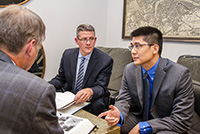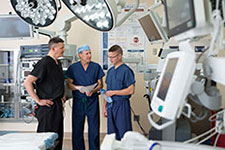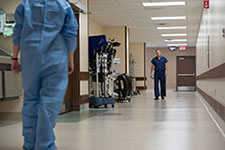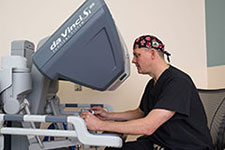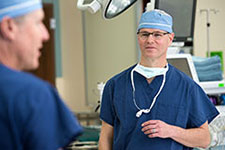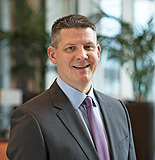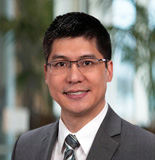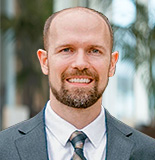Surgery is the most common treatment for soft tissue sarcomas, especially those that are small and have not spread. It greatly increases the chance of a cure.
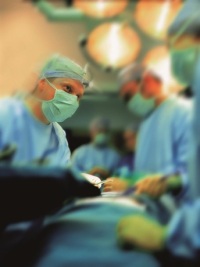 |
| Having surgery for soft tissue sarcoma greatly increases the chance of a cure. |
The goal of surgery is to take out the cancer while preserving the function of the affected area. Fortunately, advances in the care of people with sarcomas in either their arms or legs have made the need for amputation rare. Most people can have surgery that removes the cancer and preserves the function of the affected limb. The surgeon tries to remove the whole tumor whenever possible. Whether or not the surgeon can remove the whole tumor depends on these traits of the tumor:
- Location
- Size
- Depth
- Whether it has invaded into nearby important structures, such as muscles, bones, blood vessels, or nerves
If the tumor is in your arm or leg, the surgeon also removes some of the tissue surrounding the tumor. This is called a margin. Surgeons do this to reduce the risk that cancer cells will be left behind to regrow after your surgery. The margin typically measures about 1 inch on each side of the tumor.
If a tumor is large or very near important structures, you may need radiation or chemotherapy, or both, after surgery to try to kill any remaining cancer cells. In some cases, radiation therapy or chemotherapy may be used before surgery to try to shrink the tumor and make it easier to remove.
Surgery for soft tissue sarcoma generally happens in an operating room at a hospital. You will meet with a surgeon to talk about your operation before you have it. At this meeting, you can ask any questions and address any concerns you have about the surgery. If your tumor is located in your arm or leg, the surgeon will also talk with you about how well your arm or leg will function after the surgery.
Many times, when the cancer is large or deep, surgeons use reconstructive surgery, such as skin grafts, to help close the wound. This can help preserve function of the affected body part after surgery.
Potential side effects from surgery
The goal of surgery for soft tissue sarcoma is to remove all or as much as possible of your tumor. However, it is not without potential side effects. Before your surgery, your surgeon will explain these possible side effects to you. After surgery, your health care team will work closely with you to manage or relieve as many side effects as possible. Here are some possible side effects that people with soft tissue sarcoma have after surgery. Ask your doctor which ones are the most likely to happen to you:
- Pain in the area where the tumor was removed or near the incision
- Problems with anesthesia
- Loss of function in the area where the tumor was removed (temporary or permanent)
- Slower-than-normal healing
- Infection
- Inability to drive, lift, cook, or perform other daily activities until you heal
- Depression or anxiety
- Chronic swelling of the arm or leg
In addition, if the tumor was large, you may need a skin graft over the wound. Depending on where your tumor was, you may need to keep the wound raised during recovery to prevent swelling.
While no one can completely avoid the side effects of surgery, your health care team can offer many tips to make your recovery from surgery as smooth as possible.



